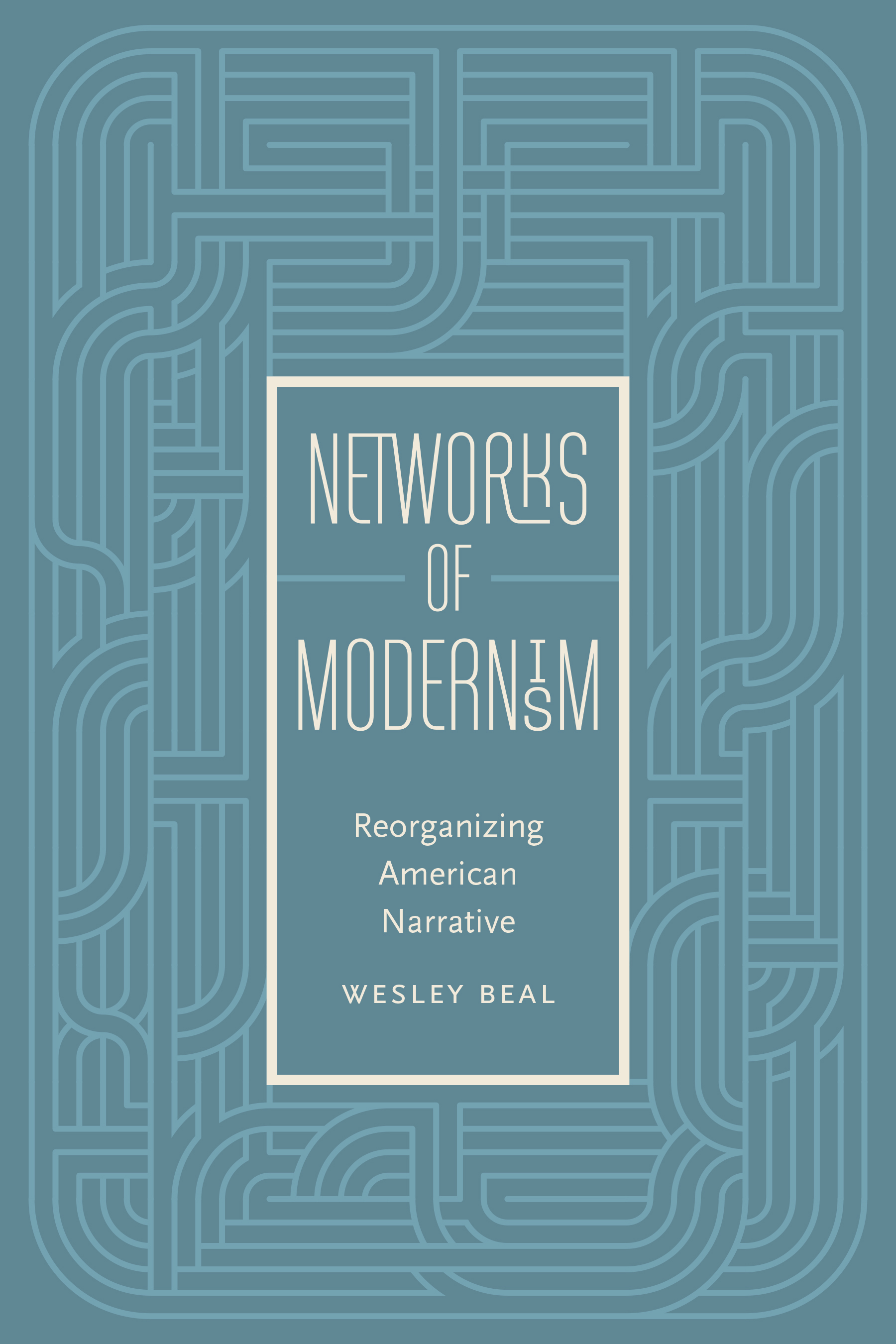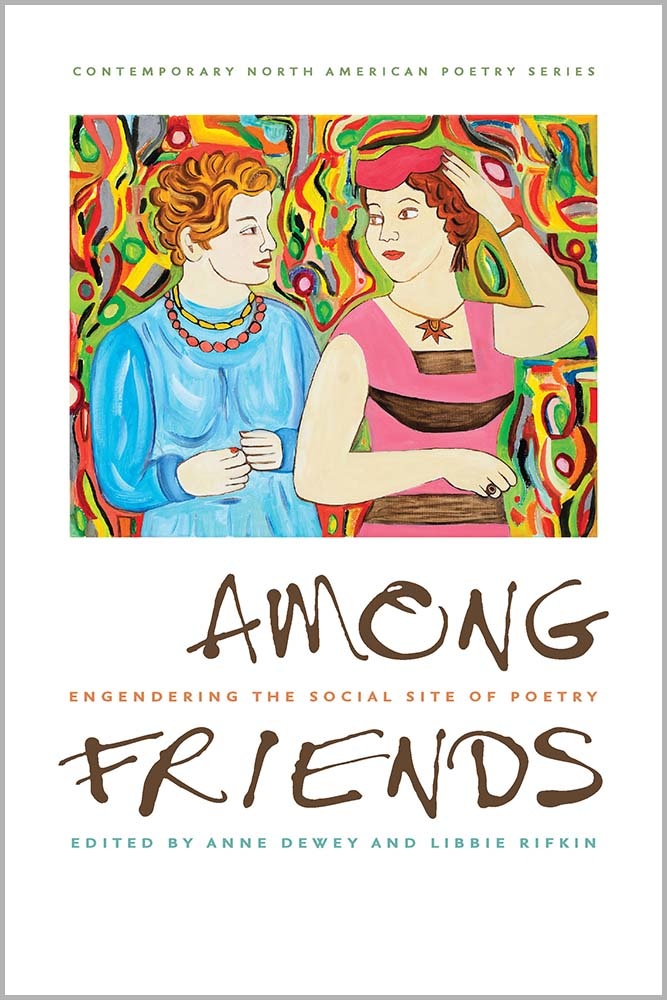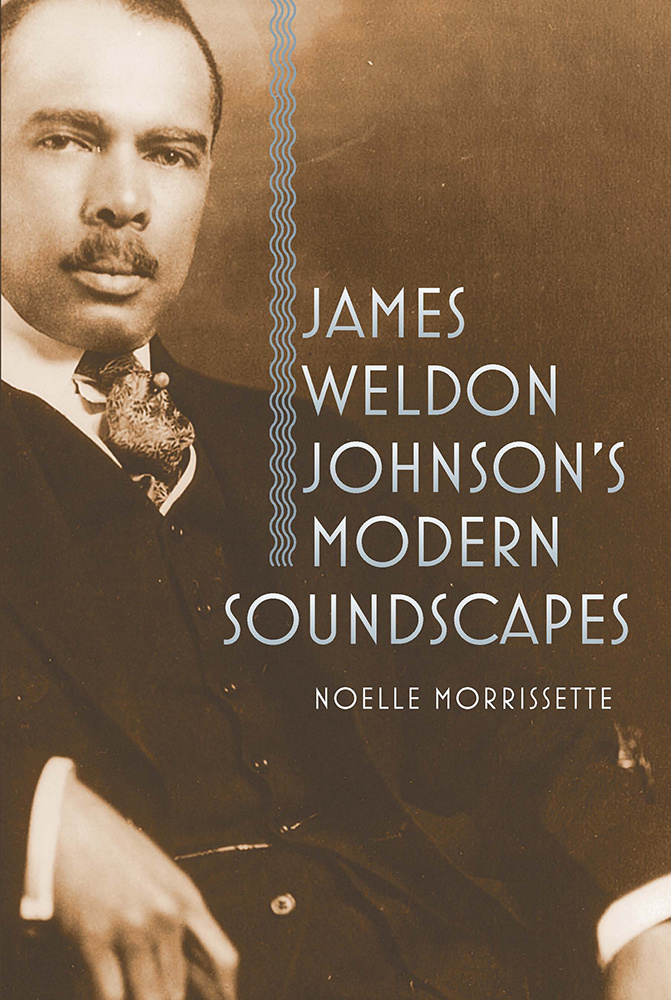Networks of Modernism offers a new understanding of American modernist aesthetics and introduces the idea that networks were central to how American moderns thought about their culture in their dramatically changing milieu. While conventional wisdom holds that the network rose to prominence in the 1980s and 1990s in the context of information technologies, digitization is only the most recent manifestation of networks in intellectual history. Crucial developments in modern America provide another archive of network discourses well before the advent of the digital age. The rise of the railroad recast the American landscape as an assortment of interconnected hubs. The advent of broadcast radio created a decentralized audience that was at once the medium’s strength and its weakness. The steady and intertwined advances of urbanization and immigration demanded the reconceptualization of community and ethnic identity to replace the failing “melting pot” metaphor for the nation. Indeed, the signal developments of the modern era eroded social stratification and reorganized American society in a nodal, decentralized, and interpenetrating form—what today we would label a “distributed” network that is fully flattened and holds no clustered centers of power.
In this ferment of social upheaval and technological change, the moderns found what we would today term “the network,” though they did not have the vocabulary for it that we do now, to be a versatile model for their aesthetic experiments in representing social space and social relations. Whether they used the figuration of the network as a kind of formal experiment to negotiate the tensions between dispersal and unity, fragment and totality, or took the network as a subject in itself, as seen when dealing with crowds or public spaces, the network was a way for writers and artists to conceptualize and explore their rapidly changing society. Through readings of the works of Randolph Bourne, Jean Toomer, Anita Loos, John Dos Passos, and Nathanael West, Networks of Modernism positions the network as the defining figure of American modernist aesthetics and explores its use as a conceptual tool used to think through the rapid changes in American society.
“Networks of Modernism presents a new paradigm for literary study, one in which a keyword, ‘networks,’ compels oversight across the sociocultural, commercial, and technological realms within which the writers under discussion lived and worked. Wesley Beal convincingly makes the case that networks were an important part of this, and were an overriding and governing literary paradigm from the 1910s through the 1930s.”—Cecelia Tichi, author, Shifting Gears: Technology, Literature, Culture in Modernist America
“Wesley Beal’s exciting book brings a welcome theoretical richness to the study of American modernism, and his overall approach, at once formally rigorous and socially grounded, invigorates and extends longstanding debates on the connections between aesthetics and politics, and between modernism and postmodernism. Writers like Toomer, Loos, and Dos Passos emerge in a fresh and striking light, newly urgent figures for our radically interconnected and unsettled world. An inventive and highly readable work of criticism.”—Robert Seguin, author, Around Quitting Time: Work and Middle-Class Fantasy in American Fiction


